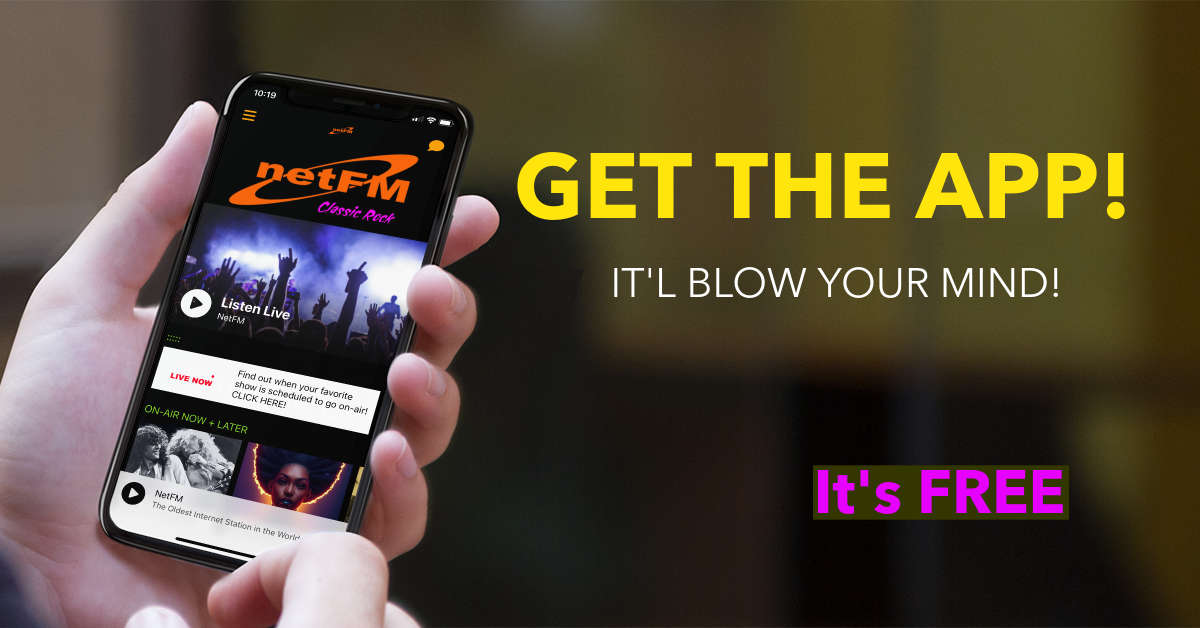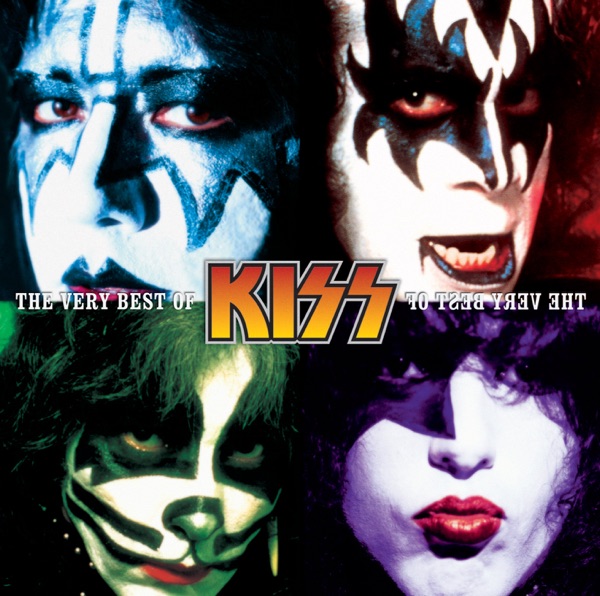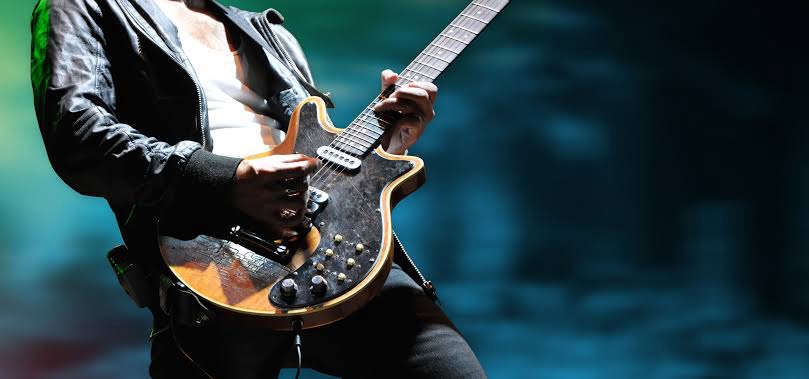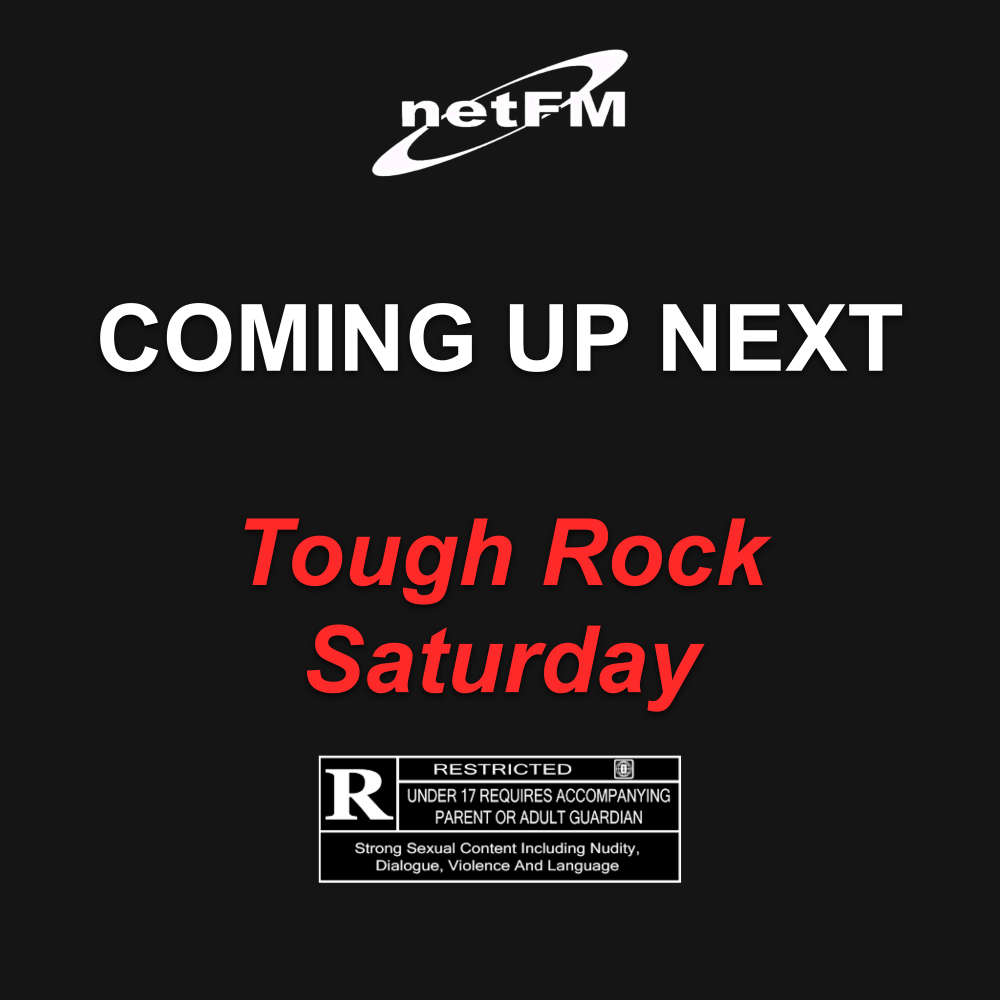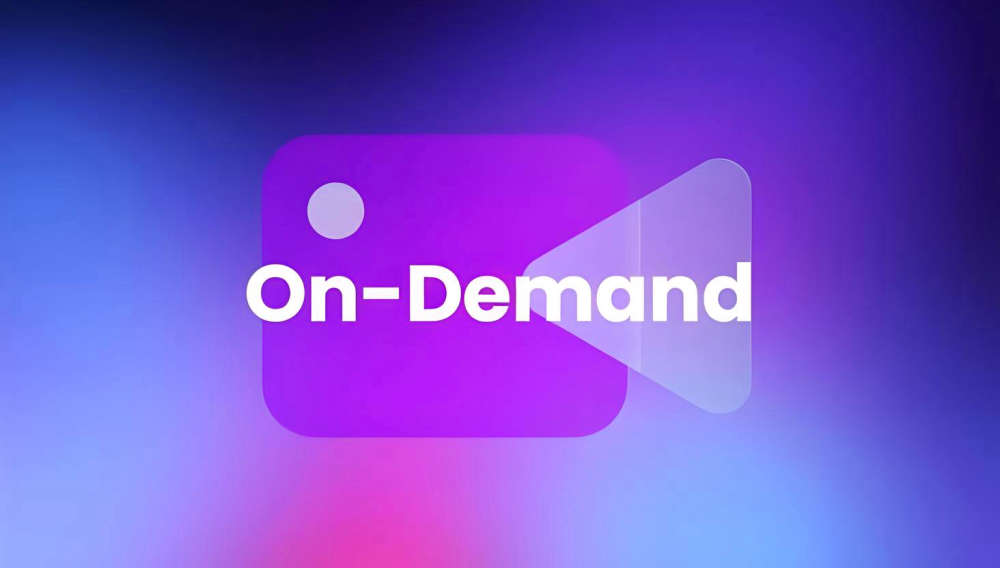
As WWE enters its Netflix Era, there's an awful lot of "brand synergy" – and it's becoming a distraction. The post Has WWE become another cog in the Netflix machine? appeared first on Little White Lies.
There’s a Dwayne Johnson tweet that I think about a lot. It’s from December 19th 2024, off the back of the recent release of Red One, a film he both produces and stars in. Johnson described the film as having “a very long shelf life with multiple verticals – kudos to our Amazon partners for their strategic win, that’s just getting started.” A couple of weeks later, at the beginning of January in 2025, Johnson would be part of another strategic win with a giant streaming company, as WWE moved to Netflix.
WWE has always been defined by its “Eras”, whether in the boundary-pushing and edgy content of the 1990s Attitude Era (which then-boss Vince McMahon would describe as “the cure for the common show”) which introduced pro-wrestling to a new generation of fans, or the deliberate move to win over a younger audience in the PG Era that began in 2008, with John Cena as the face of professional wrestling. When WWE moved into its self-proclaimed “Netflix Era” at the start of the new year, it was inevitably a big deal. There’s been a lot written about the amount of money that went into the deal (around $5 billion), to the freedom and flexibility given to WWE’s biggest primetime shows – Raw and Smackdown – in a world where they don’t need to contend with advertisers. Between this and the sheer scale that Netflix offers as a platform, the deal on paper seems like it could only be a good thing, allowing WWE to move towards a bigger, more mainstream audience without needing to make the compromises of early eras. But as these two enormous corporations merge with one another, there’s a sign of something more troubling on the horizon: the absorption of WWE into a streaming landscape that’s increasingly anonymous and corporately driven.
The beginning of WWE’s Netflix Era felt designed to be like the climax of a studio blockbuster franchise. Not only were some of the biggest names in wrestling scheduled to fight one another at Los Angeles’ Intuit Dome on January 6th 2025, but the night was full to bursting with cameos from the great and the good of WWE past. The Undertaker appeared briefly to drive a motorcycle a few laps around the ring; John Cena took explosively to the mic, announcing that while this year is his farewell tour, he might just enter the Royal Rumble to try and fight his way into WrestleMania (the biggest night of the year in the WWE calendar). While there were plenty of pleasant surprises, and lots of Leo-pointing to be done, there were a few moments where the enthusiasm felt by the WWE and Netflix as corporations was at odds with the reactions of the audience.
This, to use pro-wrestling parlance, was a moment of breaking kayfabe: when the narrative pushed by the WWE, and the way audiences respond to it, are at odds with one another. The most obvious instance of this was the inauspicious return of Hulk Hogan to Raw. Hogan insisted that the audience was the greatest tag team partner he’d had during his storied career (even if their audible boos didn’t agree with him), but the main purpose of his cameo seemed to be nothing more than product placement, a post-credit stinger telling you what to buy next: shrugging off a hostile crowd, Hulk Hogan talked up the partnership between WWE and his beer brand.

Throughout the debut of the Netflix Era, the streamer seemed to loom large over proceedings; commentators Michael Cole and Pat McAfee put a constant emphasis on the fact that this was “Raw on Netflix.” And more than that, the broadcast couldn’t help but point the camera towards actors and comedians in the crowd who had projects in the pipeline with Netflix; even Ted Sarandos, the company’s CEO, was given a shoutout by The Rock. The latter is something that feels strange because, for all intents and purposes, The Rock and Dwayne Johnson are not the same person; the former is a persona, a construction of Kayfabe. The Rock would never champion something for its “very long shelf life across multiple verticals” even if Dwayne Johnson would. Seeing The Rock give shout-outs to Ted Sarandos and Bela Bajaria (the CEO and Chief Content Officer of Netflix respectively) makes the whole thing feel corporate and sanitised in a way that this merger, in theory, was designed to avoid.
To acknowledge and begin a new era for the WWE and Netflix once might be forgivable; after all, this doesn’t happen every day, and it’s impossible to ignore what this kind of platform can do for pro-wrestling. Unfortunately, it doesn’t end with beer brands and corporate acknowledgements. Between matches, backstage interviewer Cathy Kelley spoke to Gabriel Iglesias – who was wearing a button-up shirt emblazoned with logos for both Netflix and the WWE – essentially to promote a Netflix special that debuted the day after the Raw broadcast. Even when their interview was hijacked by wrestling team The New Day, Kofi Kingston still acknowledged his new corporate overlords by saying “this is Raw on Netflix, this is the biggest platform that this industry has ever seen,” and only trying to humble Iglesias by saying, bizarrely, “That’s why nobody’s gonna watch your special!”
The irony in all of this is that Kingston and The Rock, Michael Cole and Pat McAfee (even Gabriel Iglesias), are all right about one thing: this is Raw on Netflix, for better and for worse. From the beginning of the new Era it’s becoming clear that this new platform doesn’t exist without compromises, whether that’s in the incredibly visible glad-handing with corporate CEOs, to the aggressive attempts to let WWE synergise with other Netflix productions. If this broadcast – which had major fights with the potential to shake-up storytelling and the status quo within the WWE – felt like the end of a blockbuster franchise, it was also the instalment that propels these beloved heroes and villains into a vast, shared universe.
Less than a week after the first episode aired live, the original stream was edited for both duration and content, cutting the original broadcast from over three hours to under two and a half, as well as censoring profanities from the original live show. While this might seem like a small gesture, it meaningfully de-fangs some of what made the original broadcast – and the idea of the WWE coming to Netflix in the first place – compelling. The Rock’s offhand profanity – acknowledging that the audience likely think his enthusiasm for Netflix is “bullshit” – being censored does make this new era for the WWE feel corporate, possibly even PG. Now the looming concern for WWE is whether it can survive becoming yet another piece of anonymous, synergistic, corporate content.
The post Has WWE become another cog in the Netflix machine? appeared first on Little White Lies.
 Lost in Translation: The unsung art of subtitling
Lost in Translation: The unsung art of subtitling
 The Last Showgirl review – dreamy and low-key to a fault
The Last Showgirl review – dreamy and low-key to a fault
 Tornado – first-look review
Tornado – first-look review
 Heightened Drama: Inside the operatic adaptation of Festen
Heightened Drama: Inside the operatic adaptation of Festen
 How Mouthwashing continues Alien’s condemnation of worker exploitation
How Mouthwashing continues Alien’s condemnation of worker exploitation
 Mickey 17 review – gross and heartwarming in equal measure
Mickey 17 review – gross and heartwarming in equal measure
 This city is our playground: A drive-by of Grand Theft Auto machinima
This city is our playground: A drive-by of Grand Theft Auto machinima
 I’m Still Here review – memory as resistance
I’m Still Here review – memory as resistance
 September Says review – uncanny and tender
September Says review – uncanny and tender
